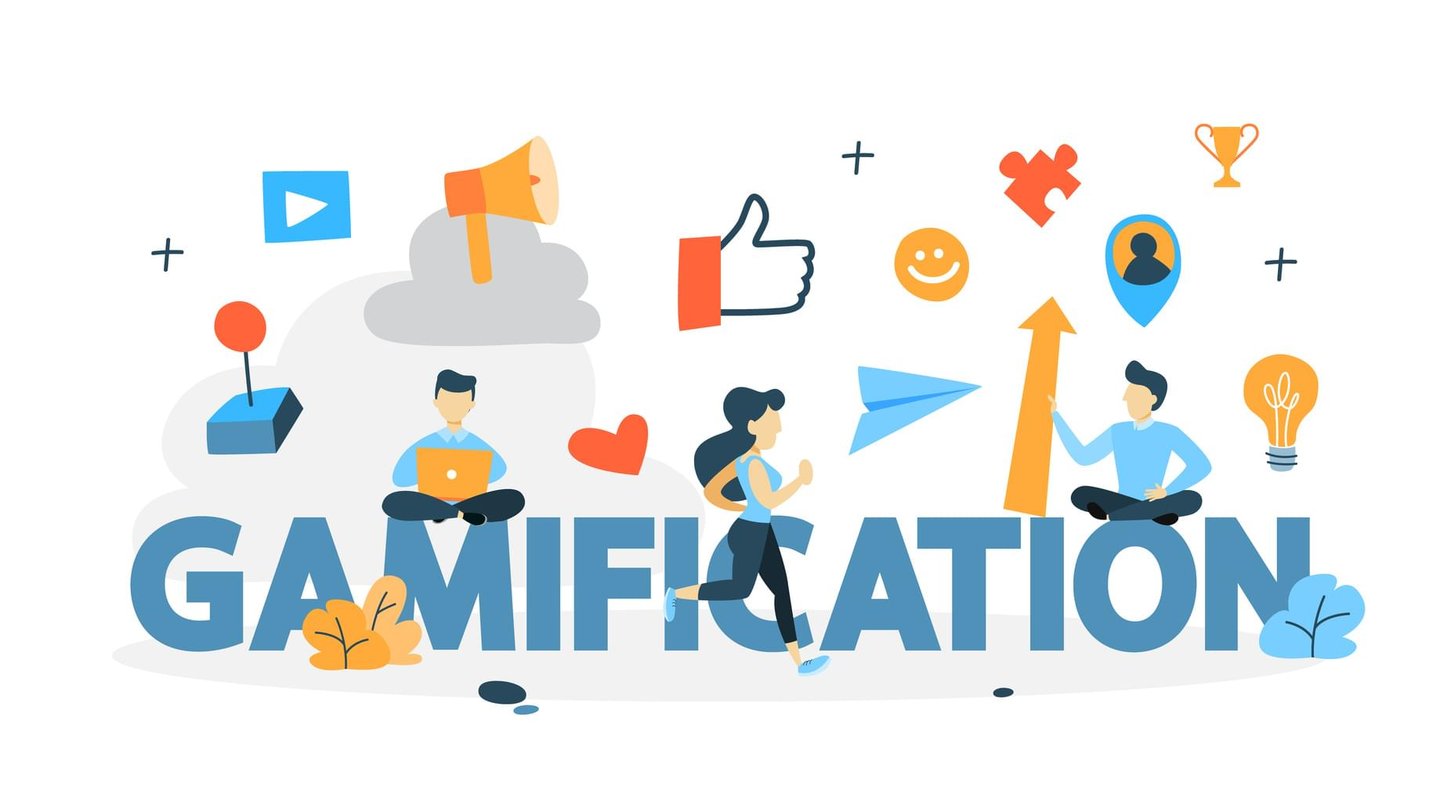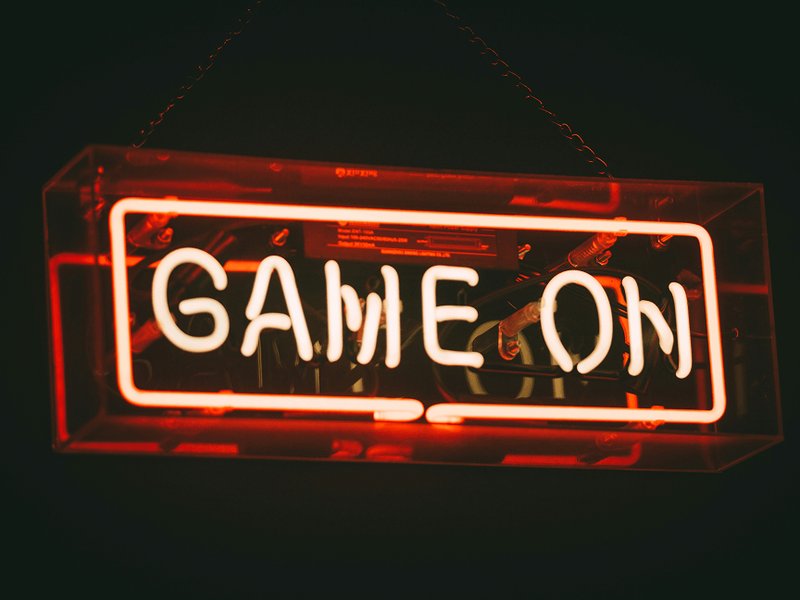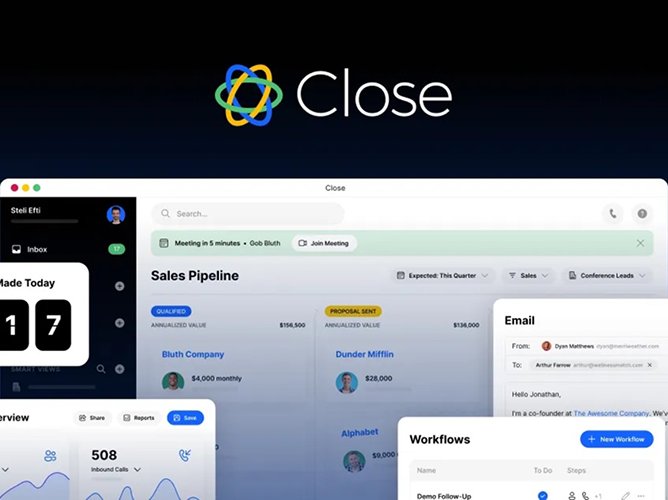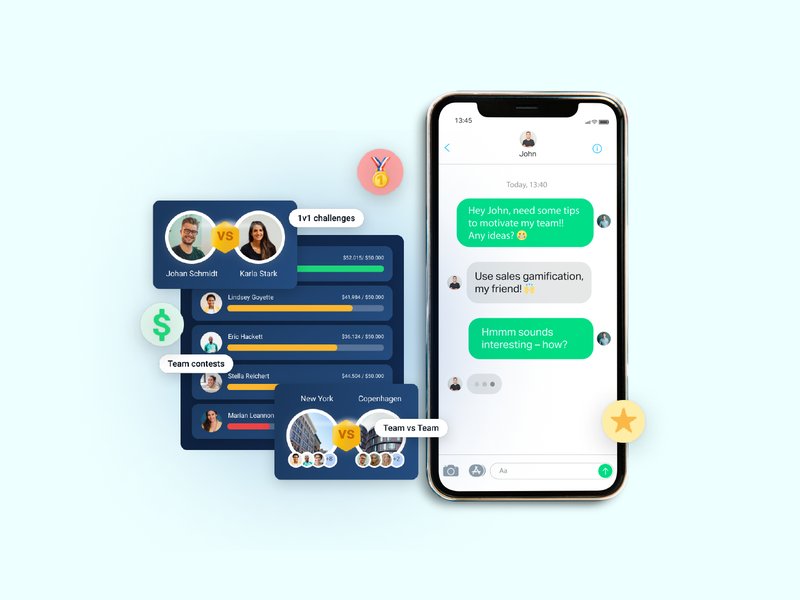Have you ever wondered why you can spend hours playing a video game, while struggling to find the motivation to make a sales call?
The short answer is that playing a video game is fun, challenging, and rewarding.
The long answer, however, is that video games tap into our animal instinct of being the Alpha, the Master, or simply, the best at something. Video games give us the possibility to feel good and acknowledged for our achievements - we all enjoy progressing and accomplishing goals.
And we surely enjoy reassuring and sharing that we have mastered a task or mission.
We’ve enjoyed it throughout our entire lives, from winning the local soccer game to pursuing a specific career path, getting a promotion, taking up a new hobby, learning a new skill...
Yeah, video games are great. But the chances are that your boss won’t allow you to play video games all day during work hours.
So what to do? Well, my friend, this is where gamification comes in.
Gamification is used to describe a digital user experience that is not a game but incorporates gameplay elements and mechanisms inspired by them. It's widely used in e-learning platforms, but can also be used in businesses with both training or motivating purposes, since it typically increases user engagement and thereby the commitment to perform better.
Gamification can affect you, as an employee, on multiple levels and help the team become more social, efficient, and overall, work better together. According to a recent Gallup poll, some of the benefits of gamification include:
- Better performance compared to others
- Less turnover
- Fewer absences
Build your first dashboard.
Start your 14-day free trial today
What is Gamification?
Depending on the industry, uses, and whether it’s a blue or white-collar the person who has to describe it, the definition of gamification can vary.
However, the one we go by and what is among most people recognize as the official definition comes from Gabe Zichermann, who has written multiple books and papers about gamification. For instance, one of these books is ” The Gamification Revolution”, that defines gamification as ”the process of using game thinking and game mechanics to engage users and solve problems.”
So...
Gamification is all about taking game elements and applying them to a context that has nothing to do with games, to engage users (customers or employees) to carry out a particular action.
In short, gamification takes the key elements that trigger us in our leisure time, to transform taking churn calls into a fun task.
But let’s be clear, using gamification to develop an app, or just adding game elements to an existing service would be a too conservative approach for gamification. This would probably also be too costly or ineffective, and that has nothing to do with gamification!
Remember, often the most simple solutions are the most effective.
Gamification features
Now we know that gamification is all about adding game-like features to non-related software, tasks, or content to increase engagement and motivation. But what exactly are gamification features?
There are over 100 gamification features, and they all serve a purpose that helps make a game more appealing and exciting for the player. Since the list is so broad and complete, we can't go through them all, but we have highlighted the most relevant ones for you:
Goals
The ultimate gamification feature is goals. It’s in our nature to be competitive and constantly aim to be the best. But how can you aim for it, without knowing what it takes?
That’s why you need a goal, to keep you trying your hardest and then give you the rewarding feeling once you finally reach it.
Several research papers discuss goal usage, and the reasons behind it being a great mechanism to motivate and encourage people to perform better. Goals can also help make the learning process more interesting, by creating side and short-term goals towards the ultimate long-term goal.
Short-term goals, therefore, serve as ‘easier’ tasks that keep the user motivated throughout the entire process, by providing them with a constant accomplishment flow that keeps them focused all the way up until the final goal.
Progress bar
Progress bar is a great way to motivate employees towards a goal, in a very visual way. It simply shows the team or individual progress towards a set goal, and also brings a clear overview of how far behind or in front one is compared to the co-workers.
This option awakens our competitive instincts by quickly and easily showing the comparison between the current, the ideal, and the opponent’s performance. Again, it all comes down to our aspirations of being the best.
Badges
What do you do, as a manager, when your employee reaches a goal?
Wait... You don’t do anything?
The ultimate purpose of gamification, as we’ve seen, is to keep the motivation high for your employees. Because we all need a little push to be a better version of ourselves, also at work!
So a good and tight-agenda friendly option is to reward them with badges, so that all their team can also see and celebrate their hard-work with them. Plus, you are setting the standard for a rewarding culture, where everyone can take credit for their achievements.
Therefore, one way of using these badges can be to display them next to their names. Who wouldn’t like that? In most online games, badges work similarly to medals in real life, they show the accomplishment of a goal or milestone.
Badges have also shown to be efficient in e-learning platforms, increasing the user’s engagement with their journey towards a more ambitious goal such as, for instance, becoming fluent in a foreing language.
Gamification for employees
Why not adopt it to your business, and start celebrating your employees successes at work?
Besides these three gamification features, the list includes many others that can also help you and your team increase your motivation once and for all. Challenges, Leaderboards, Notifications, Levels, Characters… Options are endless when it comes to gamification!
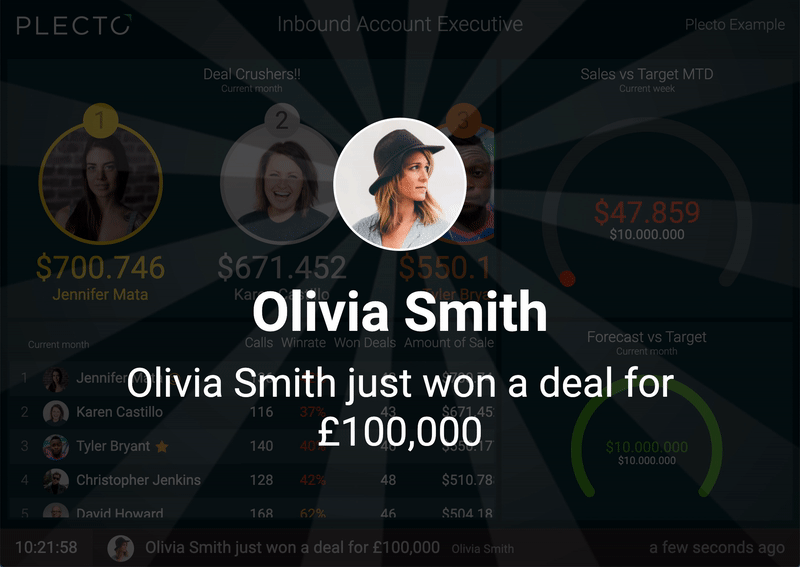
Gamification is not only useful for getting users to solve a riddle, buy the newest pair of shoes, or finally learn to speak Spanish.
It's also gaining more and more popularity among employee engagement gurus, for the digital space it creates to inspire and motivate employees to reach their objectives. Moreover, studies show that with gamification elements like points, status, and rewards, employees are more likely to improve the skills and objectives for the company they work at.
A good example of this could be that you want your employees to be healthier. You can offer better lunch options, offer free or cheaper gym subscriptions, and promise prizes to those who exercise the most. However, this is often not enough to make someone change their lifestyle.
What you could do instead, is to create competitions across teams or departments.
For that, you can introduce leaderboards and visible scoreboards around the office, so that every employee can easily track what team is training the most. Furthermore, competing in groups makes it even easier to increase the motivation, since they quickly realize that a joint effort will take them further - and they will start inspiring each other to do better!
Suddenly, it is not only the game features that are motivating, but also your coworkers who are motivating each other.
Gamification in Action
Now, we know way more about gamification than we did just 5 minutes ago. And what to do now?
Well, the first step is to try out for yourself, and see what benefits can gamification bring to your business. As you know, there’s no one-size-fits-all in gamification, so there has to be a meaning behind the features that you will use.
Give your employees a context, make them part of the process, and make it as personalized as you want to bring gamification into your routines at work.
The critical thing to remember, lastly, is that the feature should help motivate people, make it more fun to work, and help keep the focus on the targets. Too many unimportant features can risk losing motivation and focus - that’s why it’s important to customize it to your own business and team.
Let the fun begin!
